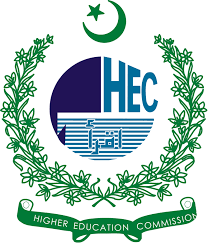PEROVSKITE SOLAR CELLS AND THEIR TYPES
DOI:
https://doi.org/10.71146/kjmr202Keywords:
Perovskite solar cells, Photovoltaic technology, Efficiency enhancement, Hybrid materials, Stability challenges, Device architectureAbstract
Perovskite photovoltaic compartments have garnered momentous consideration in photovoltaics owing to their easy manufacturing process and high efficiency. The optoelectronic properties of perovskite solar cells (PSCs), made from halide and diverse-halide materials, are exceptional. Perovskite structures exhibit remarkable stability despite a wide band gap and minimal charge transfer. Some advantages of perovskite solar cells are; high efficiency, low cost, rapid manufacturing, flexibility, energy payback time, sustainability, etc. To address these challenges, multidimensional perovskite materials are utilized to achieve long-term stability and good performance. Recent advancements in low-temperature synthesis methods and improved contact and electrode components have resulted in PSCs surpassing an efficiency of 25%. Perovskites' characteristics can also be enhanced by altering their elemental makeup. The light-harvesting perovskite material, the electron-transporting layer (ETL), the transparent conductive oxide (TCO) film, the hole-transporting layer (HTL), and the metal contact material. The most fantastic and popular perovskite material for sunny collecting at the moment is MAPbI3. Compared to the conventional MAPbI3 perovskite, additional perovskite substances, for example, assorted halide-assorted cation, hybrid cation, and hybrid halide, are drawing more interest. This paper mainly discussed metal-based PSCs, non-metal-based PSCs, and polymer-based PSCs. Moreover, there has been a significant focus on the constancy and production concerns that boundary the commercialization and modularization of perovskite solar cubicles.
Downloads

Downloads
Published
Issue
Section
License
Copyright (c) 2025 Muhammad Sikandar Subhani, Arooj Fatima, Aneeza Kokab, Ayesha Riaz, Sana Mubashar (Author)

This work is licensed under a Creative Commons Attribution 4.0 International License.






